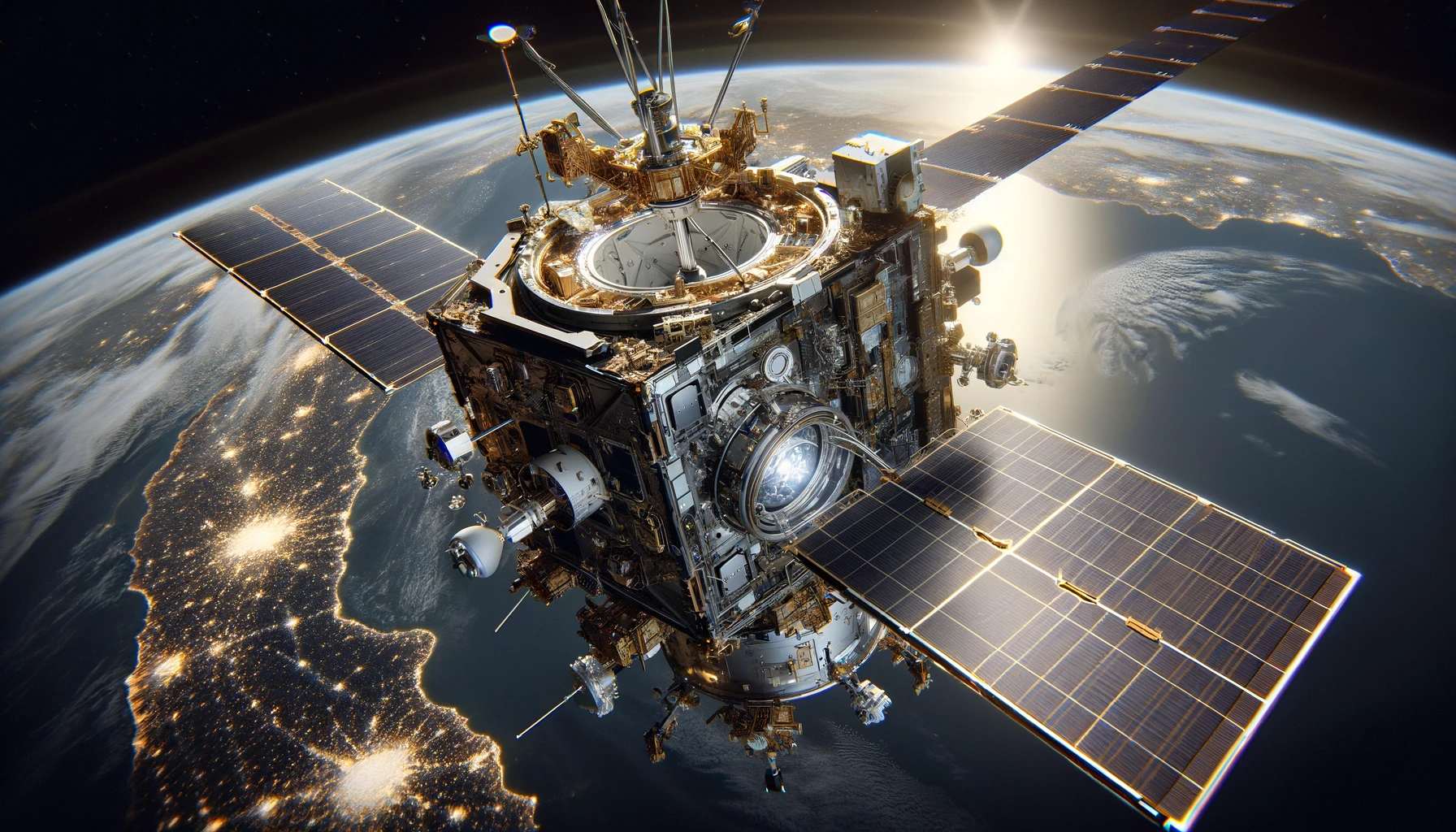NASA, Boeing, and United Launch Alliance (ULA) are actively advancing plans to execute the inaugural crewed flight of Boeing’s Starliner spacecraft to the International Space Station (ISS). This mission forms part of NASA’s Commercial Crew Program, which aims to rekindle American human spaceflight capabilities from U.S. soil. The upcoming event on June 1 will mark a significant milestone, showcasing the cooperative efforts of NASA and its commercial partners. This mission also embodies the advances in safety and technology that have been developed over the last few years to ensure a successful flight.
Mission Overview
NASA announced a joint media teleconference set for May 24 to discuss the final preparations for the launch. The teleconference will be attended by senior officials, including NASA Associate Administrator Jim Free and Ken Bowersox, along with industry partners. The event will be streamed live on NASA’s website, providing transparency and real-time updates on the mission’s status. The agency has pinpointed multiple launch dates, starting with June 1 and alternate windows extending to June 6.
Technical Assessments and Preparations
The Starliner’s service module has undergone rigorous evaluation after a stable helium leak was detected. This assessment, although unrelated to the current leak, aims to ensure the craft’s redundancy and performance. NASA and Boeing also plan an additional propulsion system review. A Delta-Agency Flight Test Readiness Review will occur closer to the launch date to confirm all systems are ready.
Key Takeaways
- A teleconference on May 24 will provide final updates and include multiple NASA and Boeing officials.
- Launch opportunities are dated from June 1 to June 6, ensuring flexibility for optimal conditions.
- Technical assessments are ongoing to address and rectify any issues detected with Starliner’s service module.
NASA astronauts Butch Wilmore and Suni Williams will pioneer the Starliner’s first crewed journey, launching aboard an Atlas V rocket from Space Launch Complex-41 at Cape Canaveral Space Force Station. The spacecraft will dock with the ISS before returning to Earth for a parachute and airbag-assisted landing in the southwestern United States. This mission signifies a pivotal step towards establishing regular crewed missions from American soil, reducing reliance on international partners for ISS access.
This mission’s progress reflects the balance between adhering to safety protocols and meeting ambitious launch schedules. Past missions faced delays due to technical issues, underscoring the necessity of thorough pre-launch evaluations. Boeing’s Starliner had previously encountered challenges, including an uncrewed test flight in December 2019 that did not achieve its intended objective. Learning from these experiences, NASA and Boeing have implemented rigorous testing and validation processes to enhance mission assurance.
The upcoming crewed flight test is a testament to the resilience and dedication of NASA and its commercial partners. By meticulously addressing technical concerns and maintaining flexible launch schedules, they aim to avoid the pitfalls of past missions. This approach not only bolsters the mission’s likelihood of success but also strengthens the foundation for future commercial crewed launches.
- NASA, Boeing, and ULA gear up for a pivotal crewed mission.
- The mission underscores the importance of safety and technical evaluations.
- Starliner’s success promises a new era of American-led spaceflights.










